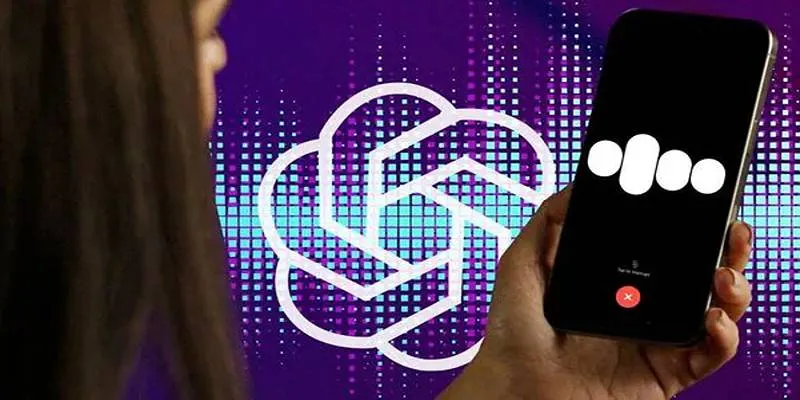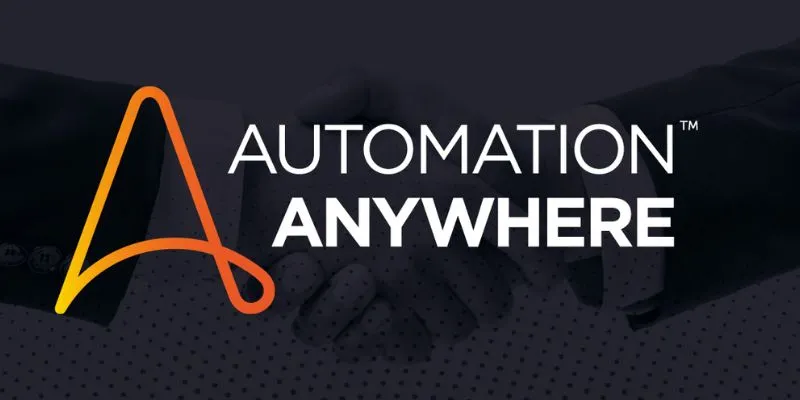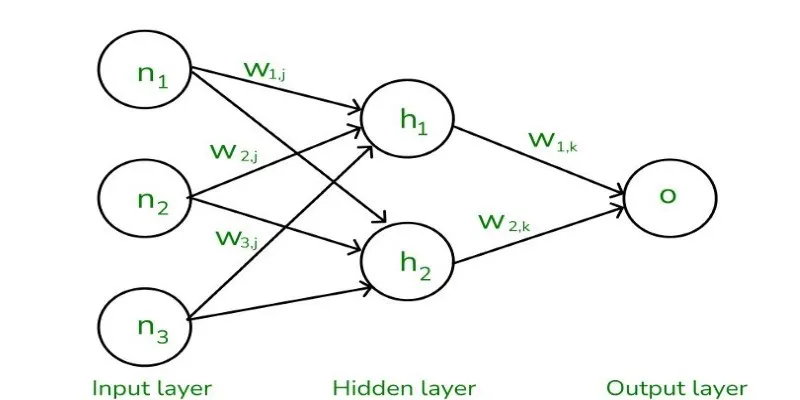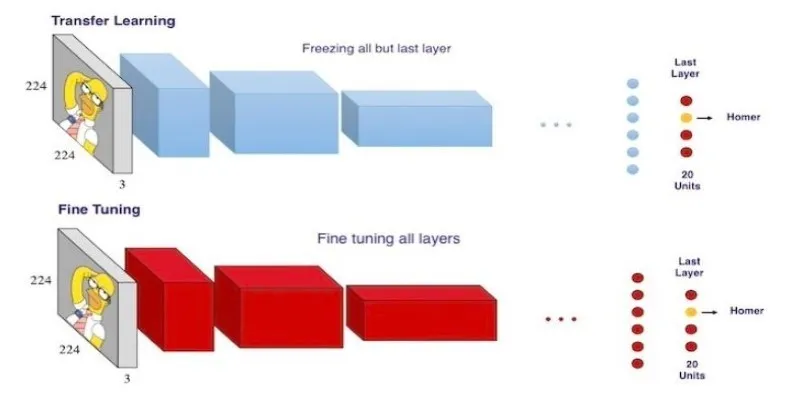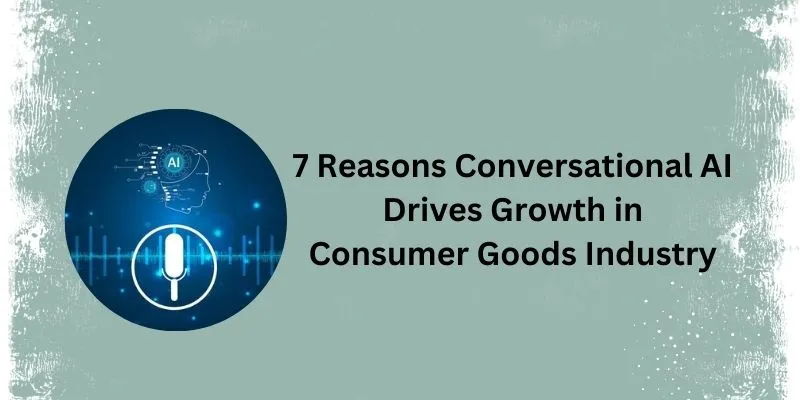Voice models have been around for a while, yet they often fall short when it comes to accuracy in real-world settings. Google’s recent integration of the Chirp 3 voice model into Google Cloud changes this narrative. While many voice AI tools claim to understand human speech, they typically falter in noisy environments, during rapid conversations, or with diverse accents. Chirp 3 is designed to overcome these challenges. It’s not just about transcription anymore. This model listens more like a human, responds quicker, and adapts to tone and speed in ways that older models couldn’t.
Key Features of Chirp 3
The rollout targets developers and businesses utilizing Google Cloud’s speech stack. Instead of merely updating old tools, Chirp 3 offers a fresh, enhanced solution. Users can now leverage Chirp 3 for multilingual voice recognition, real-time streaming, improved accuracy, scalability, and even contact center automation. Whether you’re developing voice-driven apps like customer support bots, virtual assistants, transcription services, training platforms, or accessibility tools, this model bridges long-standing gaps. Google’s focus here is on making voice AI genuinely reliable and effective across various industries.

What Chirp 3 Changes
At its core, Chirp 3 is a large voice model trained on over a million hours of data, covering multiple languages and dialects. Unlike generic transcription engines, it’s built for adaptability. The model automatically adjusts to diverse acoustic environments, performing equally well on a quiet call or in a busy retail store. This enhances both speech recognition quality and flexibility.
With its integration into Google Cloud, Chirp 3 is accessible via the Speech-to-Text API. Transitioning to this new model requires minimal workflow adjustments if you’re already using Google’s AI services. Nonetheless, the improvements are substantial. Early testers report fewer errors, better handling of overlapping speech, and reduced lag during real-time processing. These enhancements might seem minor until you’re managing real-world applications where precision is crucial.
Multilingual and Fast
Chirp 3’s multilingual capabilities stand out. Beyond supporting multiple languages, it can recognize mid-sentence language switches—a common behavior in multilingual settings. This feature is invaluable for global companies, cross-border call centers, and international user-focused tools. Developers no longer need to define a single language or manually switch models for speakers.
Moreover, the model is optimized for fast inference, a significant advantage for voice assistants and Interactive Voice Response (IVR) systems. For instance, if you’re developing a travel app where users can book tickets or receive updates via voice, Chirp 3 delivers a quicker and more accurate experience. It doesn’t just catch words; it understands intent, even when spoken casually or at high speed.

Simplifying Speech AI
Chirp 3 aligns with Google’s broader strategy of lowering barriers for speech AI developers. Historically, building a functional voice interface required balancing speed, accuracy, and cost. Developers often had to compromise on latency or transcription quality, especially across languages.
With Chirp 3 integrated into Google Cloud, these pressures ease. Developers can use it through familiar APIs and tools like Vertex AI or Google Cloud Functions. There’s no need for custom training or performance optimization. Chirp 3’s automatic language detection and speaker diarization work out of the box.
A significant shift is real-time streaming. Older models needed to process audio chunks before returning text, making live applications feel sluggish. With Chirp 3, streaming transcription is faster, enabling apps that feel more like live conversations. This is a crucial upgrade for sectors like healthcare, customer service, and education, where clarity and timeliness are vital.
Scalable and Secure
On the backend, Chirp 3 is hosted on Google’s infrastructure, scaling automatically. Whether you’re a startup with 500 users or a global firm with 5 million, the system remains reliable. This reduces deployment friction and costs related to model training and server scaling. It’s a smart, practical speech AI solution.
Security and privacy are also prioritized. Chirp 3 adheres to Google Cloud’s compliance standards, including HIPAA and GDPR, easing deployment concerns in regulated industries. Google ensures that voice data is not reused for training unless explicitly opted in, addressing privacy concerns for enterprise clients handling sensitive information.
The Future of Voice AI
The introduction of Chirp 3 within Google Cloud doesn’t just raise the bar—it redefines it. By embedding a smart, multilingual, and highly responsive voice model into everyday development tools, Google has simplified the creation of voice interfaces. This is significant for developers frustrated with previous voice APIs that struggled with latency, accents, or background noise. More importantly, it enhances user experience, allowing interactions with machines to feel smoother and more natural.
Chirp 3’s strength lies in its everyday practicality across industries. Whether you’re developing a hospital voice app, automating local language customer calls, or managing smart devices in noisy settings, Chirp 3 delivers consistency in an often unpredictable space.
For more insights on integrating AI technologies into your projects, explore Google Cloud’s AI services.
 zfn9
zfn9


